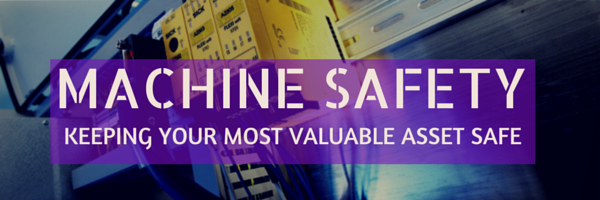Accidents happen!
The indirect costs of accidents are greater than the direct costs. According to the ASSE (American Society of Safety Engineers) for every $1 of direct accident costs, there are typically $4 in indirect costs. These indirect costs may include the following. . .
What is your most important resource in your company?
Production is important and though we often look at the bottom line first, the reality is that the most important resource that you have in your company are your people. According to OSHA, millions of people are affected by work related injuries and over 4,000 fatalities occur annually. This number is better than it used to be 40 years ago when the estimated number of yearly fatalities was over 14,000. But that is not enough, the goal is of course to shrink those numbers as much as possible.
What can be done to protect that number one asset?
Historically this has been done in a number of ways. . .
Extra training is good to have, signs and painted lines are good visual indicators, and hard guards can stop people from entering hazardous areas; however, they all have inherent issues as noted above.
So what is the solution?
There is no simple cookie cutter solution, rather it has to be approached in a certain logical manner. The following will explain what those steps are.
Risk Assessments:
The first step in understanding and addressing your safety needs is to look at your specific application or machine. This is commonly referred to as a “Risk Assessment”. There are two types of risk assessments, self-assessment or a having a third party come in for a comprehensive assessment (usually a paid service).This is critical to perform early so as to confirm not only what your danger points are, but also what the severity of the injury could be and how often the danger is in place. With that knowledge you then determine what protection can be applied without restricting performance.
(For retrofits this can be a more difficult solution than a new machine design but it can still be done.)
Identifying the Required Safety Level:
The measure for achieved functional safety is the probability of dangerous failures, the fault tolerance and the quality that is to be guaranteed as a result of freedom from systematic faults. It is expressed in the following two standards using different terms.
You may ask, “There are so many options, what do I choose?”
At ACD, we understand the problems and frustration involved in determining the best safety device for your application(s). Please do not hesitate to reach out to one of our machine safety experts who will help you learn about the best machine safety solution for your facility.



